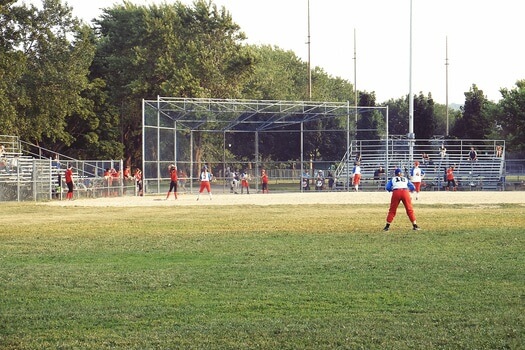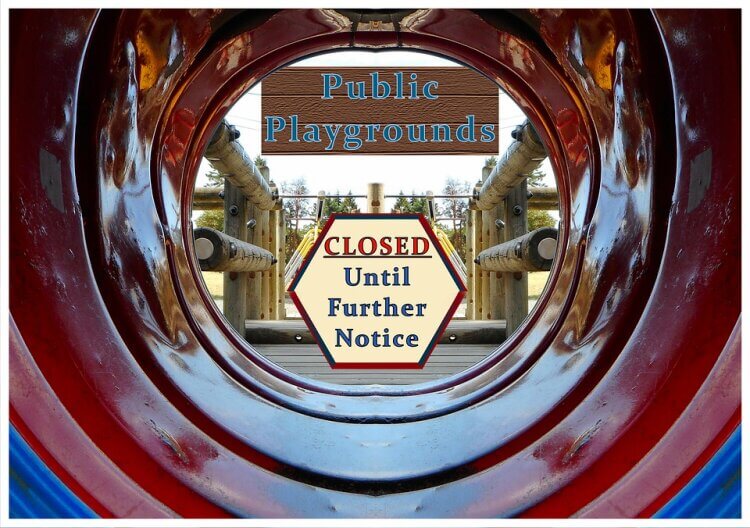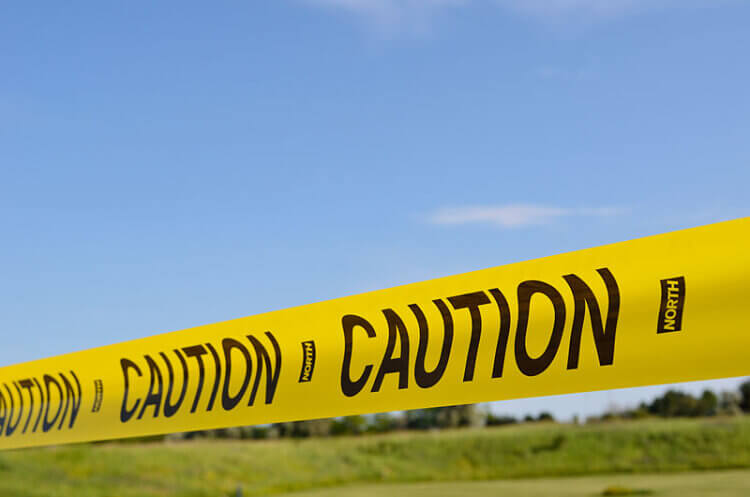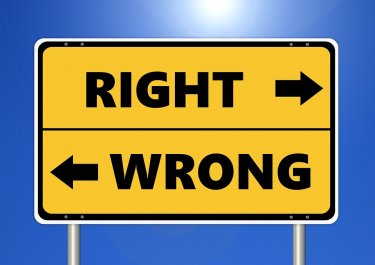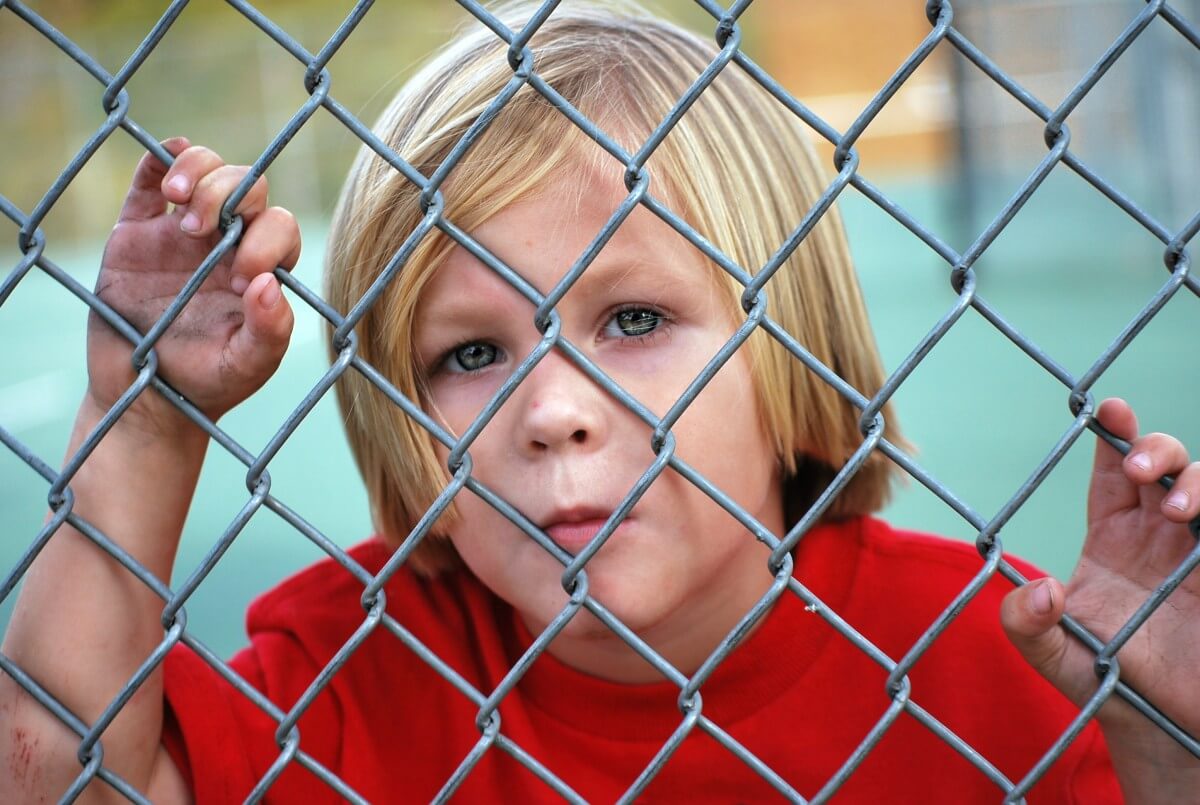
Research is clear, students with physical disabilities are excluded from physical education (Jespersen & McNamee, 2009; Martin, 2018). Thus, the purpose of this article is threefold: 1) to share a story of the best possibilities of attitudes and resources for students with physical disabilities, 2) to highlight the reality of what is happening in the schools, and 3) to provide a possible solution of perspective-taking for physical educators.
The Best Possible World
Let us start with a story. My name is Dr. Aubrey Shaw and when I was six months old my family and I were in a horrible car accident in Wyoming. From the collision with a double semi-truck, our car was smashed from both sides. Thankfully, no one lost their life that day, but I was surely close to losing mine. I was rushed to the hospital where they found a two-inch tear in my left temporal lobe. I was then airlifted to Denver Children’s Hospital where I underwent brain surgery and two months of a very long recovery. The doctors told my parents I would never walk or talk and was later diagnosed with semi-hemi paralysis due to a traumatic brain injury. After two months in the hospital, my family brought me home to be in a loving environment and daily intense therapy. I beat the doctors’ diagnoses. Moreover, when I turned five years old I was walking and talking and ready to go to preschool. I then began a nineteen-year journey with special services, therapy, and special education. My parents had the attitude and resources to help me be successful.

